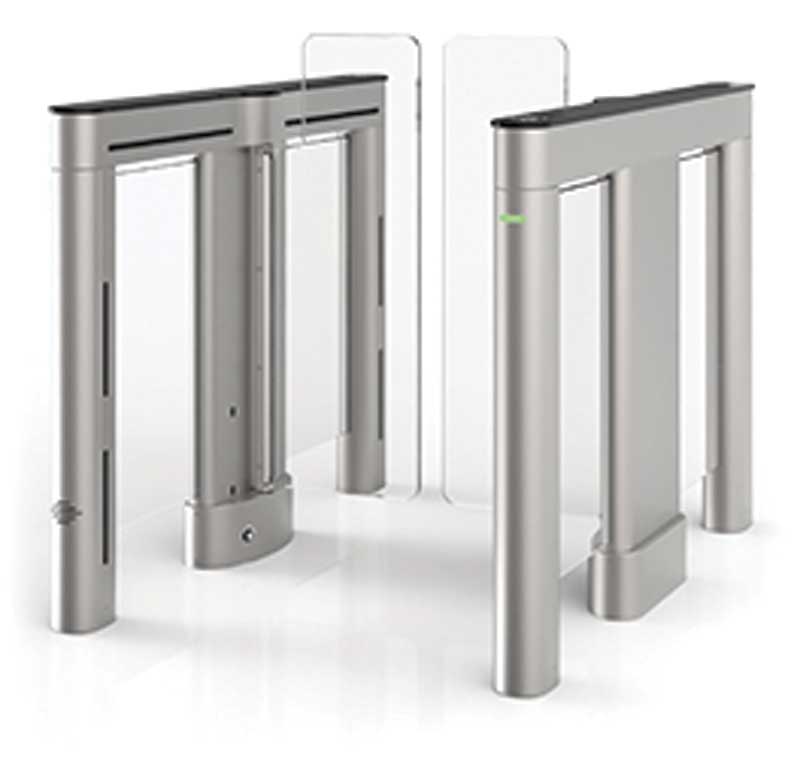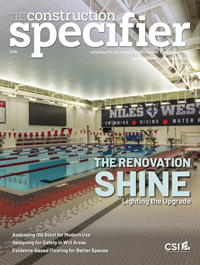The benefits of having turnstiles

Additional considerations
There are many other considerations when installing turnstiles to ensure both user and facility security.
Power loss/emergencies
Power outages will cause loss of turnstile function unless they are backed up by an alternate power source. In case of an emergency, the building’s fire-safety system can integrate directly with installed turnstiles to allow free passage as part of the facility’s emergency response protocol.
Depending on configuration, turnstiles default to either fail-safe or fail-secure (sometimes called fail-lock) upon loss of power. Fail-safe means the turnstile unlocks or opens when power has been cut, allowing users to freely exit without authorization. Fail-secure means the turnstile locks when unpowered, prohibiting any entry or exit through that entrance. The typical configuration is fail-secure in the entrance direction and fail-safe in the exit direction. This prevents anyone from entering to maintain security, but allows personnel inside to exit the facility.
Special needs passage and local code compliance
When installing turnstiles, it is important to consider special needs requirements, as well as state and local regulations. Some optical turnstiles offer a wider, Americans with Disabilities Act (ADA)–compliant passage to accommodate wheelchairs. For turnstiles without this option, a security gate with an ADA-compliant width can be installed next to the turnstile. Either solution allows facilities to maintain security while providing access for disabled users and deliveries.

Installation and maintenance
The layout, size, number of users, and traffic patterns of the installation area determine the number of turnstiles necessary. In smaller areas, one or two may suffice, while higher-traffic areas require more turnstiles to accommodate the needs of the facility. Multi-lane configurations can incorporate any number of standard and ADA width lanes, as well as pedestrian security gates. In addition to turnstiles and gates, modular barriers or fencing may be necessary to fill in any remaining space between the turnstiles and other fixed objects.
Not all turnstiles are created equal. Generally, manufacturers use durable materials such as stainless steel, which requires little maintenance and can withstand prolonged use. However, quality and specific features can differ greatly between manufacturers. Depending on the manufacturer, turnstiles may ship fully assembled and ready to install or may require substantial assembly onsite. Being aware of this can save time and resources during the installation process. Additional considerations include:
- manufacturer location;
- shipping location; and
- availability of support resources from the factory or authorized dealer network.
A reseller, unlike a manufacturer, may not have the resources to support the installer or end user after the sale. A knowledgeable partner will be able to help clients choose the correct equipment and ensure pre-installation requirements (e.g. anchoring, power, and communication conduits) are met.








